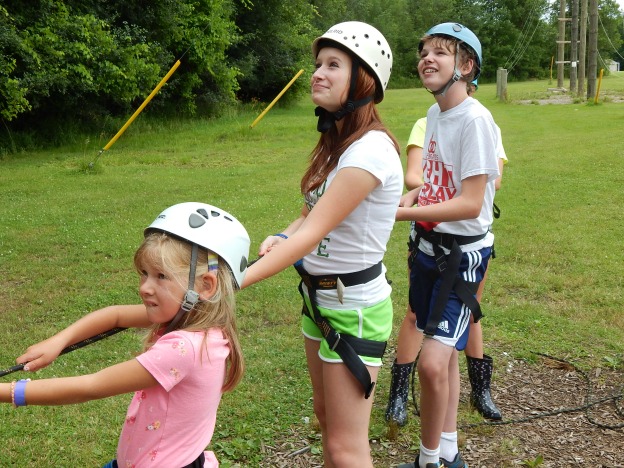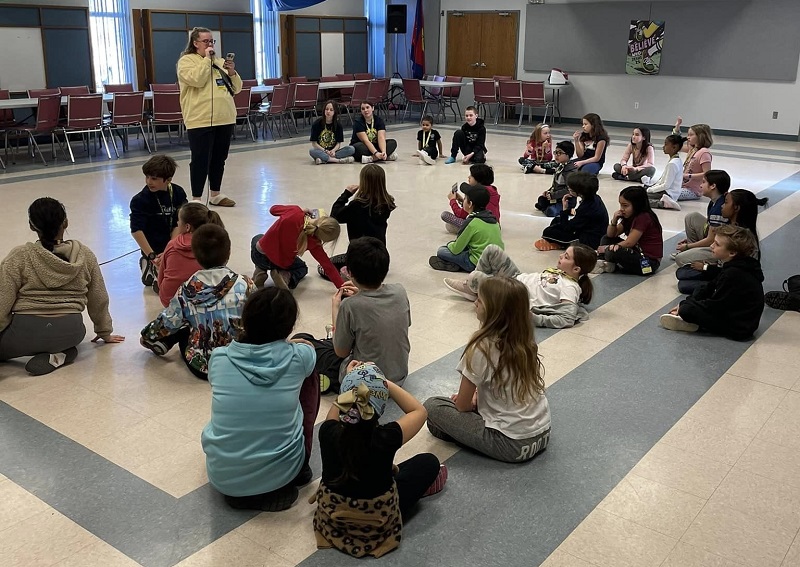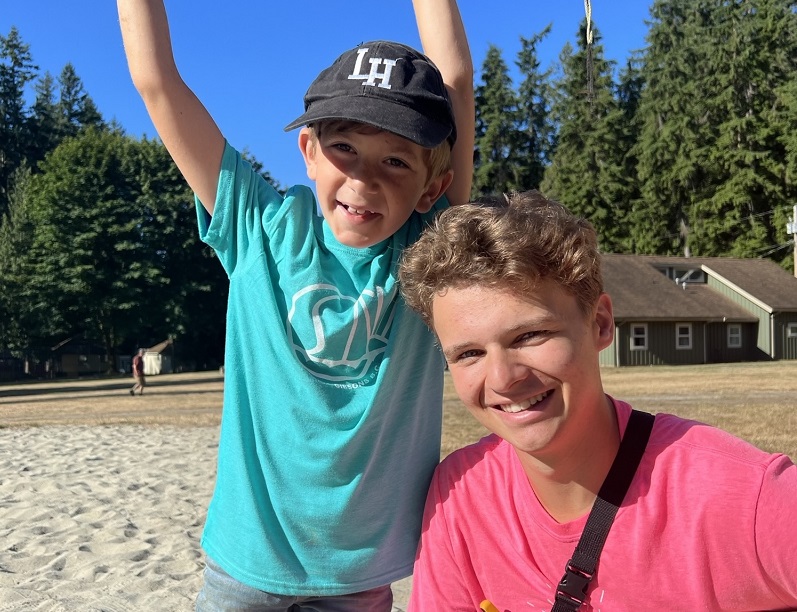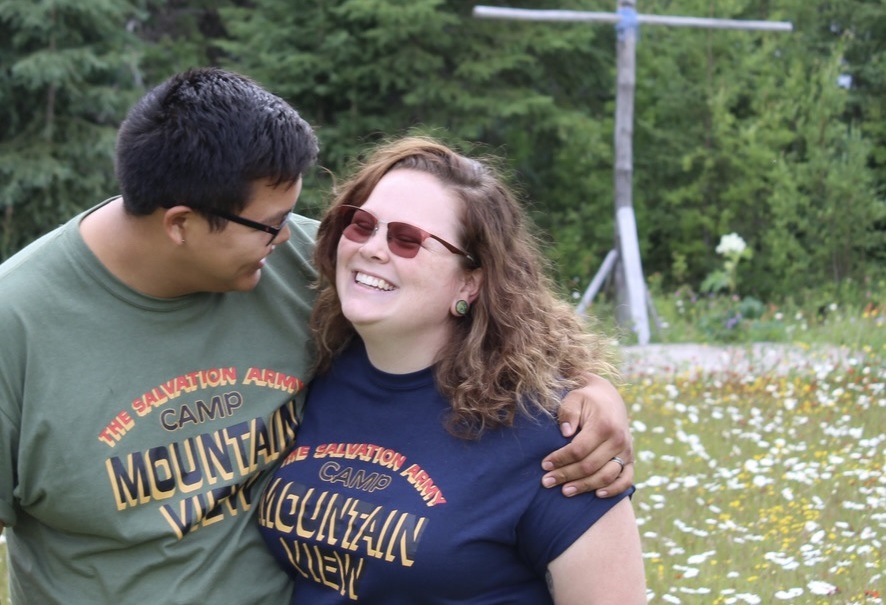Supporting Low-Income Youth after Summer Camp

A week at summer camp for youth from economically disadvantaged backgrounds can help them leave the challenges of poverty behind, escape the routines of daily life, improve socialization and interpersonal skills, and grow in confidence. But what happens after they have just experienced the best week of their summer?
“We must change our thinking about what summer camp is,” says Captain Ruth Gillingham, Camp Director, Pine Lake, Alta. “Our camp is more than just learning new skills, developing friendships and creating lasting memories. After camp, we want to continue building relationships and trust with youth and their families. We want to know more about their needs so we can best support them and be a relevant part of their lives.”
Many children who attend The Salvation Army’s camp come from low-income, marginalized families and/or foster care. Often, summer camp is the only vacation they will get. “Camp is just the beginning of our ministry and support,” says Gillingham.
Throughout the summer, Gillingham and her team of trained youth workers partner with local Salvation Army community services to ensure that once camp is over, relationships with campers and their families continue to flourish.
“We have developed a follow-up system whereby The Salvation Army is not just spending a week in the lives of youth, but building on established relationships and journeying with them as they mature,” says Gillingham. “We encourage our local units to send chaperones to camp with the youth so when they return home, there is a connection they’ve already established. We believe it’s important to take kids to camp―not send them.
“It is our hope that through face-to-face interaction after camp concludes, we can help kids remember some of the things they’ve learned. This includes a holistic approach that fosters emotional, physical and spiritual care. We want to see youth stay engaged and lead happy, healthy and safe lives.”



